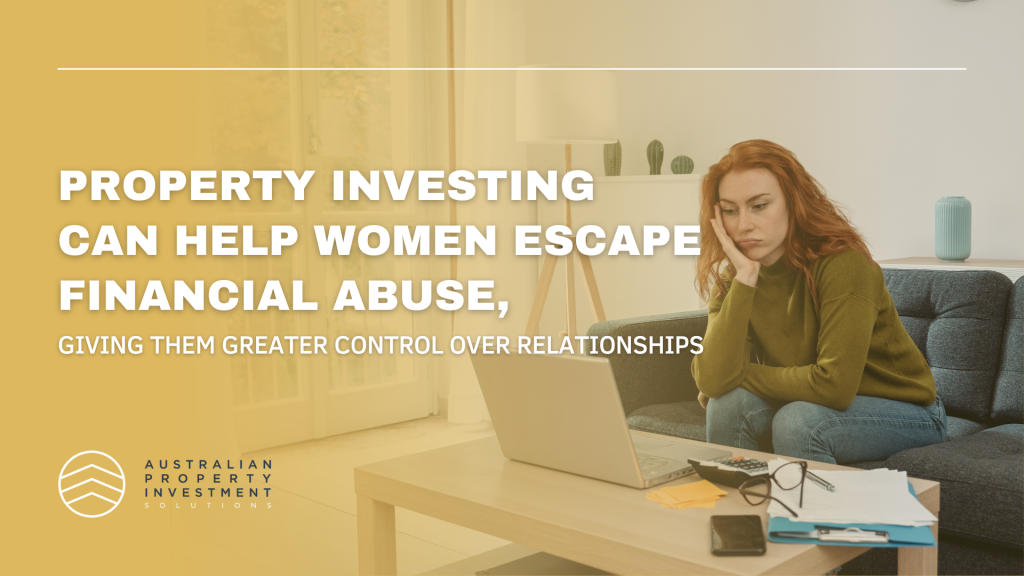

We take freedom of choice for granted. Yet many of us find choice, whether it’s financial or in our relationships complicated and elusive.
Research shows financial (or economic) abuse is widespread in our society, imposing real costs on both victims and Australia’s broader economy.
Financial or economic abuse is insidious. It can remain invisible, a non-physical form of control and intimidation within intimate partner relationships.
Financial Abuse Takes Its Toll
A recent 2022 study The Cost of Financial Abuse in Australia by Deloitte and Access Economics, found one in 30 Australian women were subjected to financial abuse. One in 30!
Of these women, 27 per cent had their income withheld or controlled by an abusive partner, 22 per cent had their income withheld or controlled by an abusive partner and 26 per cent were the victim of a partner not contributing to household expenses.
Deloitte and Access Economics estimated the total cost to victims of financial abuse ran to $5.7 billion in 2020 while the broader Australian economy took a $5.2 billion economic hit.
These direct costs may just be the tip of the financial abuse iceberg.
Financial abuse can also lead to victims experiencing stress and housing insecurity, resulting in serious, long-term implications for victims’ mental health and employment.
Ultimately, financial abuse can seriously erode a victim’s financial security reducing their ability to leave an abusive relationship.
Passport To Control Over Finances and Relationships
Women who are financially dependent on their partner can feel trapped, staying in a relationship.
However, when women are financially independent, they can make decisions about their relationships based on what is best for them, rather than what is best for their finances.
Women who gained a degree of financial independence after experiencing financial abuse are finding property ownership the key to affordable housing and a sense of security.
Homeownership really is a smart health intervention!
Nothing Says Financial Independence Like Owning Your Own Home
Independence allows women to make their own decisions, and importantly, with financial independence comes choice!
Happily, it’s never too late to take the first step on the path to financial independence. Pour yourself a refreshing beverage, pump up the volume on Taylor Swift and read on.
1. Set clear financial goals,
2. Ensure you have access to and exercise control over your own money,
3. Take the time to educate yourself on how personal finance works – master the basics and the rest will come,
4. Understand your money habits, good and bad.
Research indicates women tend to be conservative and more risk-averse with money than men. Hence, they tend to be reluctant to make investment decisions.
Breaking Into The Housing Market
Reach out to mortgage brokers to identify the best home-loan deals for your financial situation. You can also play around with online mortgage calculators to find which loans match your spending habits and investment plan.
Remember to factor an increase in interest rates into your plan!
Buying a property has a lot of entry and exit costs, so avoid painful mistakes by understanding your commitments.
Also, establish the right savings and loan structures. Tuck away emergency funds in offset accounts that reduce your interest pain whilst still being available in an emergency.
And lastly, don’t neglect to ensure your insurance and estate planning strategies are in place.
Final Observation
Financially independent women can make decisions based on their own needs and preferences, rather than what is best for their finances. They can pursue their passions and interests, set boundaries in their relationships and reduce their risk of financial abuse. Financial independence can ultimately lead to healthier, more fulfilling relationships, where both partners feel fully respected and supported.
